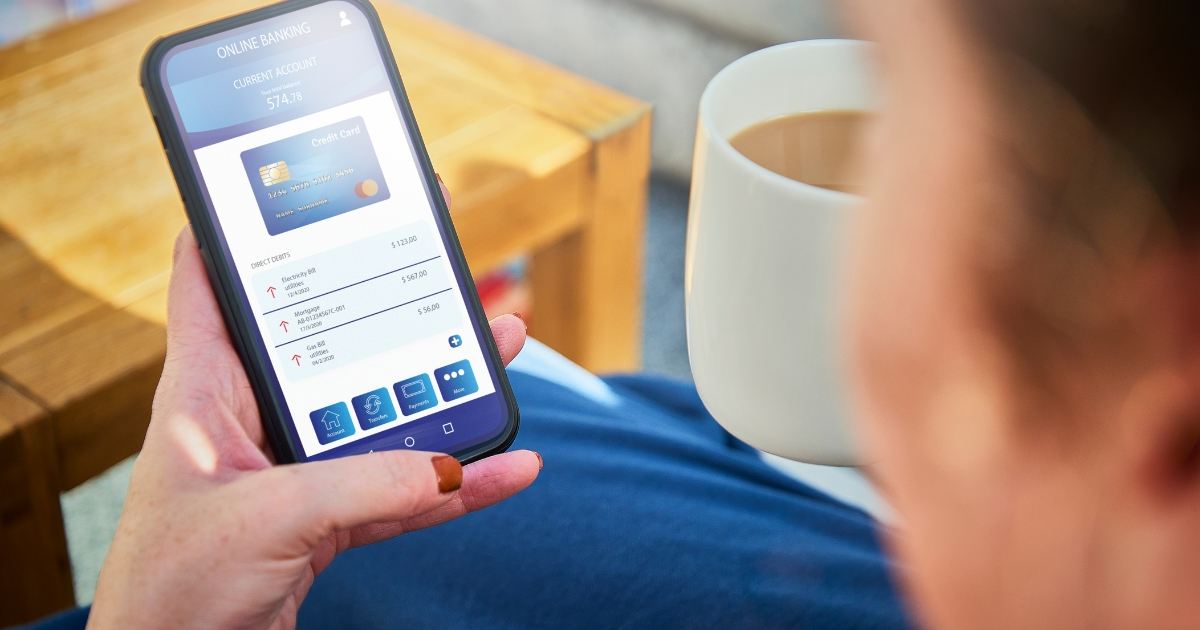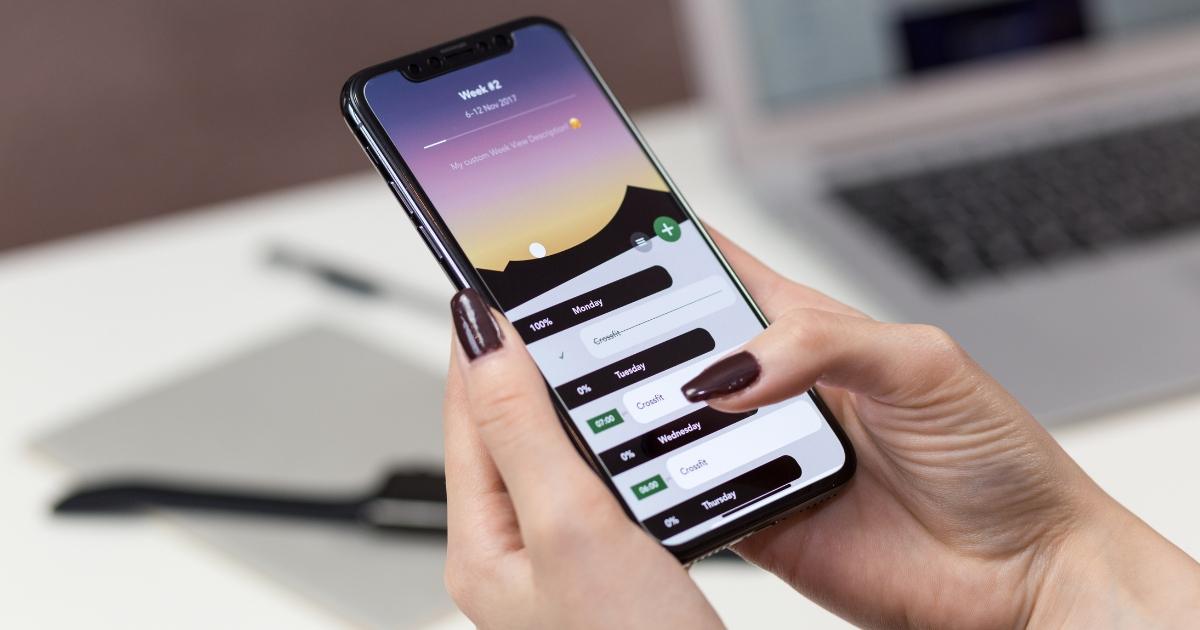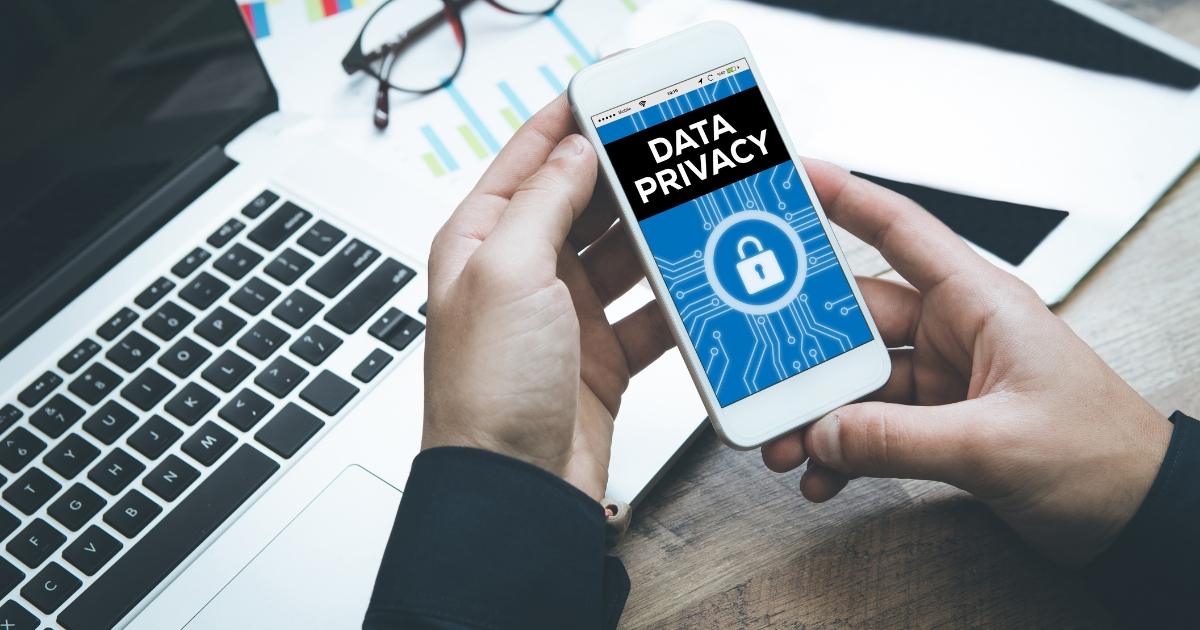Build Me App Inc. | Toronto's Most Affordable App Development Shop
- 180 John St. Toronto, ON M5T 1B3, Canada
- +1 (800) 330-6070
- hello@buildmeapp.io
Follow us
App Design: How to design an app in 2023?
- Posted In: Mobile app development
- Published On: March 29, 2023

Introduction
In today’s digital age, mobile applications have become an integral part of our lives. With over 5.1 billion mobile users worldwide, designing a mobile app that stands out and satisfies the user’s needs has become a challenging task. As we move into 2023, the competition in the mobile app market is only set to increase. Therefore, it is important to understand the key factors that influence app design and create an intuitive, engaging and visually appealing mobile application.
In today’s fast-paced business environment, many start-ups and enterprises are looking for ways to reduce development costs and time-to-market for their mobile applications. One popular approach is to adopt the Minimum Viable Product (MVP) strategy, which involves developing a product with the minimum set of features required to test the market and gain user feedback. This approach helps businesses validate their ideas and reduce the risk of building a product that doesn’t meet user needs. To achieve this, many businesses rely on app development services that specialize in MVP development. These services help businesses design and develop a functional MVP that meets their requirements and delivers value to their users. In this blog, we will discuss the benefits of using app development services for MVP development and the key factors to consider when choosing the right service provider. In this blog, we will discuss how to design an app in 2023 and the key factors that you need to consider.
Define the App’s Purpose
The first step in designing a mobile application is to define its purpose. You need to clearly define what problem your app is solving and how it is different from the existing solutions. This will help you create a unique and engaging user experience that will keep the users hooked to your app. You need to identify the target audience and their preferences, behavior, and expectations. This will help you create a user-centric design that meets their needs and delivers value.
Focus on User Experience

User experience is the most important aspect of app design. A great user experience can make or break your app’s success. Your app should be easy to use, intuitive, and visually appealing. It should be designed to provide a seamless experience across different devices and platforms. The navigation should be simple and straightforward, and the interface should be designed to minimize the cognitive load on the user. You should conduct user research and testing to identify user pain points and design a solution that addresses them.
Keep it Simple

Simplicity is the key to a successful mobile app. Users don’t want to spend time trying to figure out how to use your app. Therefore, you need to keep the design simple and intuitive. Use simple and clear language, avoid clutter, and keep the design minimalistic. A simple and clean design not only enhances the user experience but also improves the app’s performance.
Personalization

Personalization is an important aspect of app design in 2023. Users expect apps to understand their preferences and provide personalized content and recommendations. You can use data analytics and machine learning algorithms to analyze user behavior and provide personalized recommendations. You can also provide customization options to the users, such as themes, fonts, and colors. Personalization not only enhances the user experience but also increases user engagement and loyalty.
Focus on Security and Privacy

Security and privacy are critical aspects of app design. With an increasing number of data breaches and cyber attacks, users are more concerned about their data privacy and security. Therefore, you need to design your app with security and privacy in mind. Use secure authentication and encryption mechanisms to protect user data. Provide clear and concise privacy policies and ensure that you comply with the relevant data protection regulations.
Integration with other Apps

Integration with other apps is a critical aspect of app development in today’s digital age. With users relying on multiple apps and services for their daily needs, it has become increasingly important for apps to seamlessly integrate with other apps and services they use. Integration with other apps can provide a range of benefits, such as increased user engagement, improved user experience, and enhanced functionality. One common way to integrate with other apps is through Application Programming Interfaces (APIs). APIs allow apps to interact with other apps and services by exchanging data and functionality. For example, an e-commerce app can integrate with a payment gateway API to enable users to make purchases using their preferred payment method. Similarly, a fitness app can integrate with a health tracking app to provide users with a more comprehensive view of their health and fitness data.
Another way to integrate with other apps is through Software Development Kits (SDKs). SDKs provide developers with a set of tools and resources to integrate their app with other apps and services. For example, a messaging app can provide developers with an SDK to enable them to integrate their app with the messaging app’s platform and provide users with a seamless messaging experience.
Integration with other apps can also be achieved through third-party platforms, such as social media platforms and messaging apps. These platforms provide developers with APIs and SDKs to enable them to integrate their app with the platform and leverage its user base and functionality. For example, a gaming app can integrate with a social media platform to enable users to share their gaming achievements and invite friends to play the game. In conclusion, integration with other apps is a critical aspect of app development that can provide a range of benefits to users and businesses. Whether through APIs, SDKs, or third-party platforms, integration can enhance the functionality and user experience of an app and help businesses reach a wider audience. Therefore, it is important for app developers to understand the various integration options available and choose the most suitable approach for their app.
Conclusion
In conclusion, designing an app in 2023 requires careful consideration of various factors, including user needs, trends, and emerging technologies. With the increasing competition in the app market, businesses need to focus on delivering a high-quality user experience that meets their users’ needs and expectations. This can be achieved through a user-centric design approach, where user feedback is taken into account throughout the design process.
Moreover, businesses can leverage emerging technologies such as artificial intelligence, machine learning, and augmented reality to provide innovative and engaging user experiences. These technologies can help businesses personalize the user experience, improve app performance, and enhance user engagement. Additionally, app development services can play a crucial role in app design by providing businesses with the expertise, resources, and support required to build a successful app. By leveraging the services of a reliable and experienced app development partner, businesses can focus on their core competencies while ensuring the app development process runs smoothly and efficiently.
Finally, integration with other apps and services can further enhance the functionality and user experience of an app. By leveraging APIs, SDKs, and third-party platforms, businesses can integrate their app with other apps and services and provide users with a seamless and comprehensive user experience. Overall, designing an app in 2023 requires a holistic approach that takes into account various factors, including user needs, emerging technologies, and integration with other apps and services. By following best practices and working with reliable app development services, businesses can build successful apps that meet their users’ needs and deliver value to their users.